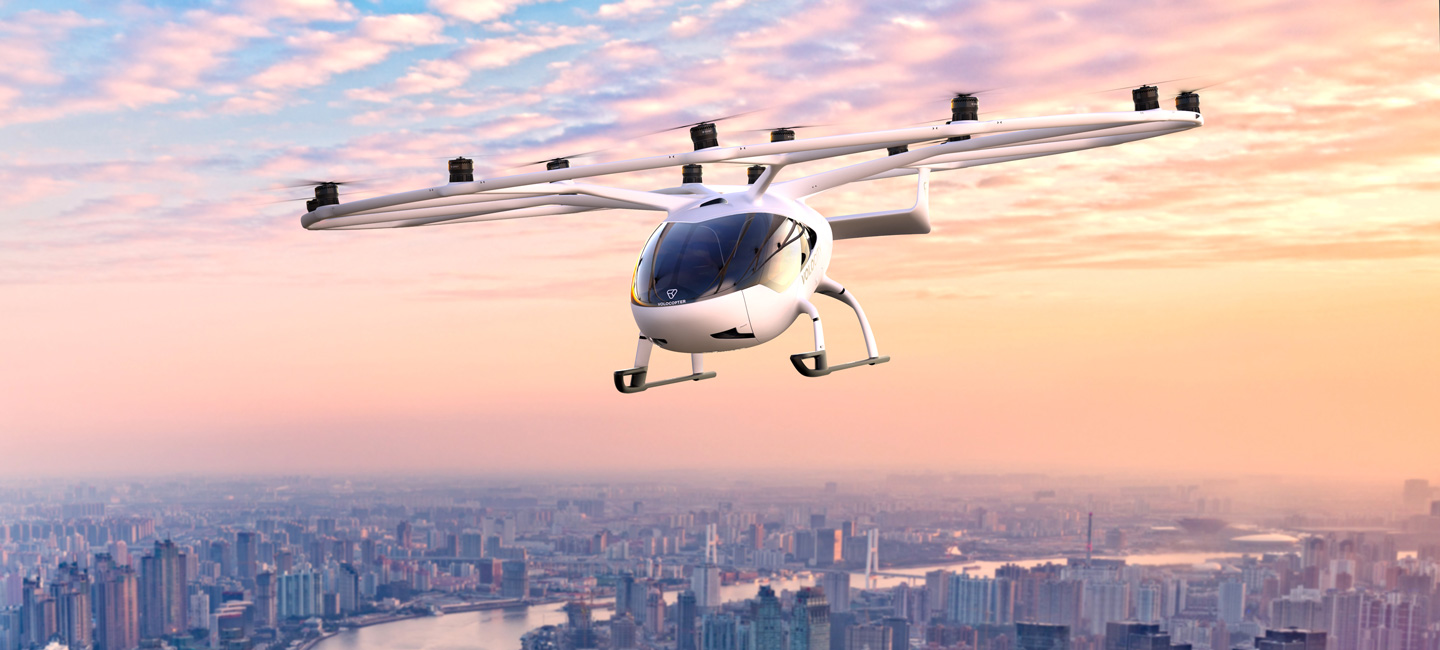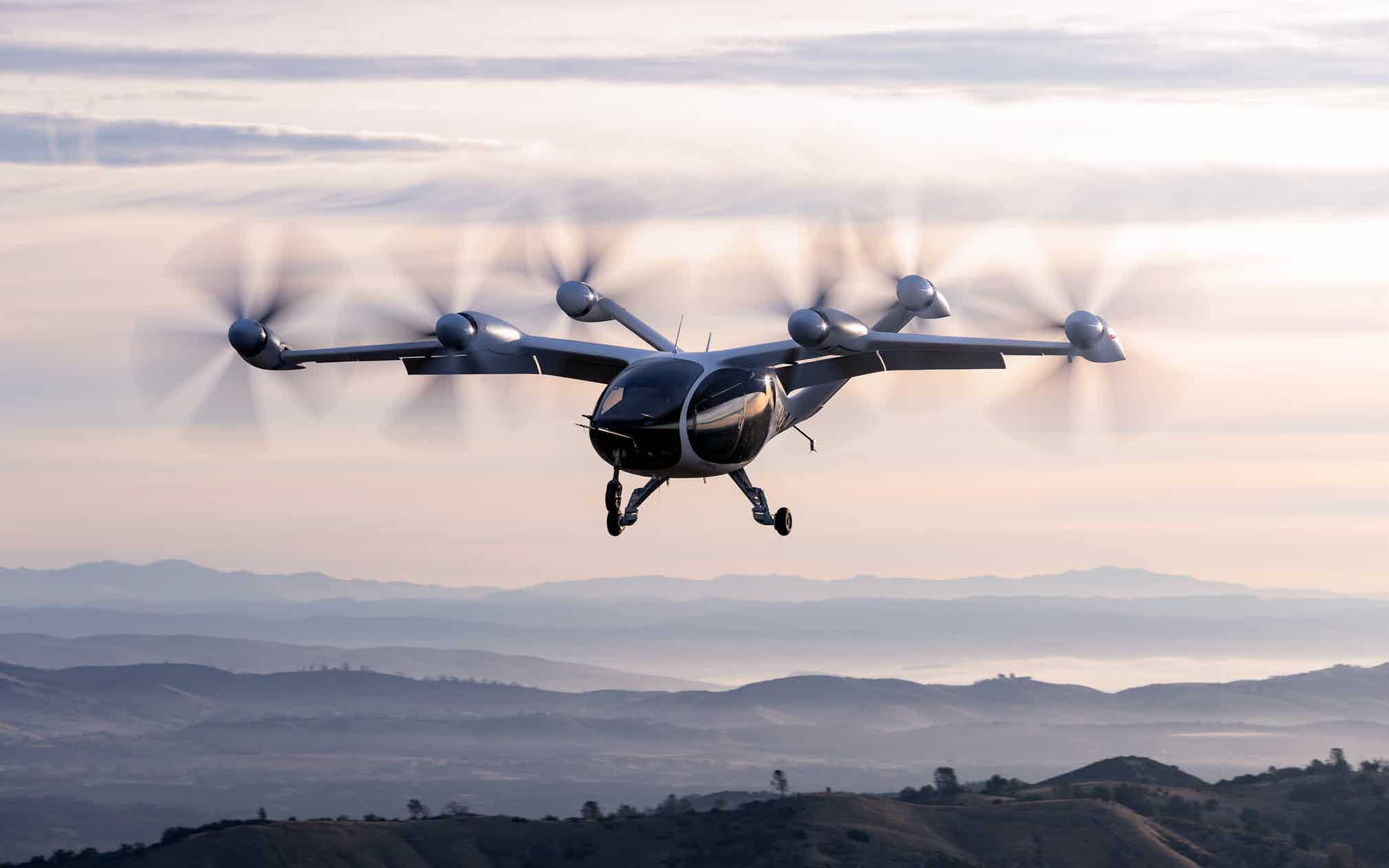
It happens every time: You are whisked to your destination in the comfort of your private jet, only to hit a wall of traffic as soon as you leave the airport. But that is about to change.
We are at the cusp of a long-promised revolution in the way we finish that “last mile” of our journey: flying taxis, known as eVTOLs (electric Vertical Take-Off and Landing vehicles). Backed by hundreds of millions in investment, this entirely new mode of transportation is at hand, and it’s fast, economical, and carbon-friendly.
Even Washington sees the future: The FAA describes this new world as “Urban Air Mobility” and is preparing a regulatory structure to enable it. This dramatic change will benefit broad swaths of the population, including private aviation, which is already being democratized. XO and its parent company Vista Global have been at the leading edge of this access revolution for a while with an intuitive mobile app and thousands of first-time private jet flyers in 2020.
It’s quite thrilling to observe how fast things are changing for new and long-standing private jet flyers. In February, United Airlines announced it is both committing to the purchase of flying taxis and is simultaneously investing in Archer – the manufacturer of the eVTOL – as part of a $1.1bn dollar deal.
Other companies are working furiously to develop their own entrants, including Germany’s Volocopter, backed by Daimler and Intel, which plans to launch in Singapore by the end of 2023. There’s also Lilium, who hired Frank Stephenson, designer of the Ferrari F430; in fact, nearly 20 companies are participating in the flying taxi race.

The three primary challenges flying taxis face are battery life – which translates to distance, landing spots in congested cities, and of course, building passenger confidence.
Archer says that its vehicles can fly 60 miles at 150 miles per hour within current battery limits. Still, given what we’ve seen happen with battery innovation in electric cars, we suspect that this will be rapidly extended.
As far as landing spots, the new term-of-art is “Vertiport” – structures that will sit on roofs and in mall parking lots, repurposed helipads, and other under-leveraged spaces.
The confidence factor is, in many ways, the trickiest. For eVTOLs to move from science experiments to everyday, habitual reality will require visual reinforcement beyond assertions of safety. That means that most people will need to see lots of flying vehicles in the sky before they will feel safe riding in one.
There are skeptics, of course. XO was on the receiving end of that, as many doubted that it could revolutionize private aviation with mobile app technology. Some of that was precipitated by Uber getting out of the flying taxi business by selling Elevate to Joby Aviation. However, as part of the deal, flying taxi rides will be bookable through their app.

We are big believers in Amara’s Law, which goes back to the 60s, and argues that we overestimate technology’s impact in the short term and underestimate it in the long term. That definitely applies to flying taxis, the nearness and impact of which have been overestimated since the Jetsons. But we are at the point where overhype will yield to as yet unrecognized transformations.
Like many technologies that started as luxuries only the affluent could afford – including wristwatches, refrigerators and mobile phones – eVOTLs will start there and become an increasingly mass item. We are fortunate to be part of the generation that will help change the world with a greener, faster, and more efficient form of transportation.




